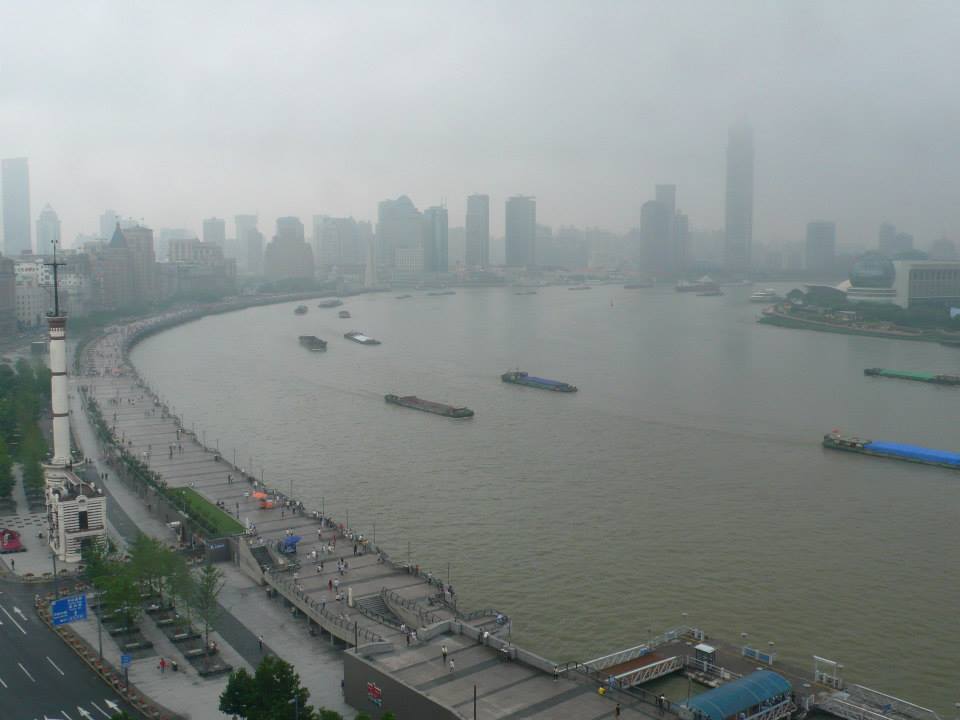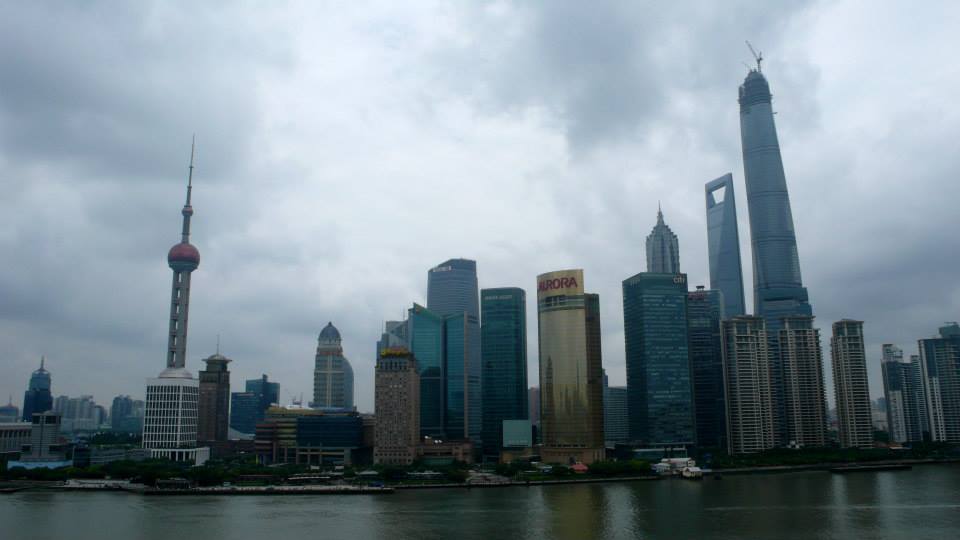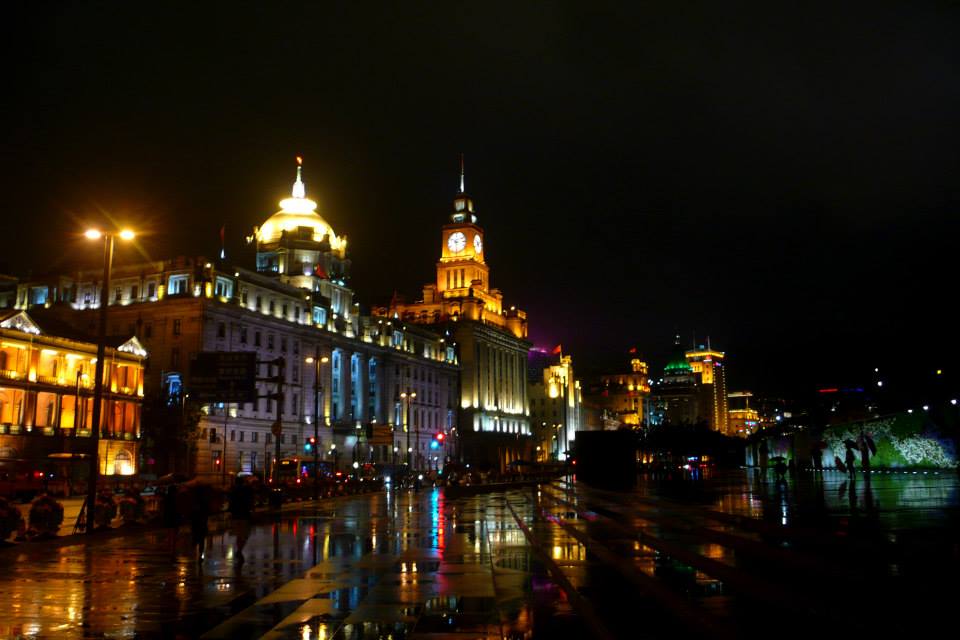Notes from a Shanghai Bund Walk
The Shanghai Bund (外滩; pinyin: wai4tan1) is the equivalent of your city’s esplanade, boardwalk or embankment. This was where China’s financial centre was born more than a century ago and it still maintains its allure. By walking along the Bund, you can appreciate Shanghai’s historic colonial and contemporary architecture at the same time.
Background of the Bund
The Bund traces the western bank of the Huangpu River as it passes through central Shanghai. It started as a British settlement in the 19th Century; later, banks, insurance companies and merchant businesses from other parts of the Western world and Japan set up shop there too. Grand buildings sprouted up along the river up until the Second World War. Shanghai became one of several cities known as the ‘Pearl of the Orient’ during the 1920s and 1930s.
Thankfully, much of the architecture survived the Cultural Revolution despite being relics of the “old regime”–instead, the communists turned them into government offices–though many statues were torn down. The early 21st Century saw the refurbishment of the Bund and the reconfiguration of the roads to create the attraction we see today. While some banks remain, hotels, restaurants and malls form part of the landscape.
Lujiazui, Pudong
I would be remiss by not mentioning what you see on the other side of the Huangpu River: the new financial district of Lujiazui (陆家嘴; pinyin: lu4jia1zui3). Pedestrian ferry services and subterranean traffic tunnels connect this part of Pudong to the Shanghai Bund. The Oriental Pearl Tower was the first (1994) of the waterfront landmarks to go up and more continued to appear, culminating in the Shanghai Tower in 2015. The latter remains the tallest building in the world outside the Middle East at 632 metres.
In the pre-COVID-19 days, when places were more crowded, this was what I saw.
Shanghai Bund by day
It was a bit of a dampener to arrive on a wet day. From my hotel room in Les Suites Orient (my prize for my piece on Kaikoura for Singapore Airlines), I could just make out silhouettes through the rain. Things looked gloomy, but I suppose it works if you shoot photos in monotone. I hadn’t learnt to do that (and I still haven’t) but there is a moody feeling to such images. It’s quite a contrast to some of the postcard-perfect images you can pick up online or from souvenir shops where the skies are clear blue or red and the glass shimmers in the sunshine.

Regardless of the conditions, barges continued to ply the river. It was business as usual within the walls of the blocks I could barely see.
Luckily, the weather improved a little in the latter part of the visit. While the sun still did not make an appearance, the rain stopped and the smoggy clouds lifted a little, revealing the tops of Lujiazui’s skyscrapers. Glass is unforgiving; when the weather is fine, it looks sleek and shiny when the sunlight bounces off it, but it becomes plain cold when it reflects dull skies.

The Bund at night
No such worries after sunset, though. Have you ever noticed how some cities appear more attractive at night? Darkness hides the greys; all you see is the light and what it is designed to let you see, and it is consistent from one day to the next. Those grey clouds that flattened daytime shots now reflect the city lights, making the night sky glow eerily.

The only time I saw no crowds on the Shanghai Bund was in the early morning. After that, it was constantly thronged with people, be they visitors from other parts of China, locals getting their outdoor wedding photo shoots (in the middle of the street, no less), or foreign tourists like myself. It remains to be seen how densely packed it can be once again in the post-COVID-19 era.